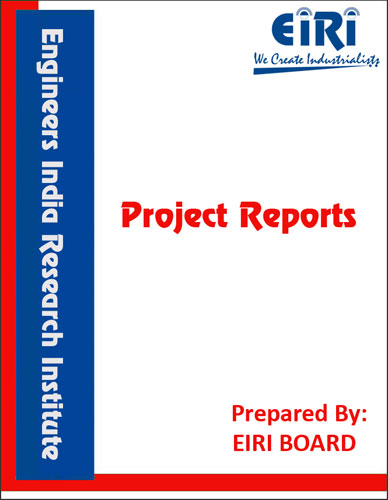Chlorinated Paraffin Wax (CPW) – Industrial Project
The project report includes Present Market Position and Expected Future Demand, Market Size, Statistics, Trends, SWOT Analysis and Forecasts. Report provides a comprehensive analysis from industry covering detailed reporting and evaluates the position of the industry by providing insights to the SWOT analysis of the industry.
We can prepare PROJECT REPORT as per your INVESTMENT PLAN for BANK LOAN REQUIREMENT and INDUSTRY ANALYSIS. All reports are prepared by highly qualified consultants and verified by a panel of experts.
Have Query? Click Here to Chat
Industry Expert is Online, Chat with him for more detail.

CPWs are chlorinated normal-alkanes with carbon chain lengths of between 10 and 30 carbon atoms and chlorinated to 40% to 70% by weight.
General formula for Chlorinated ParaffinsCxH(2x-y+2)Cly
Chlorinated paraffins (CPW) are made by chlorinating the paraffin fractions obtained from petroleum distillation. The paraffins are reacted with chlorine, resulting in chlorinated paraffins with varying degree of chlorination.
Chlorinated paraffins are classified as chlorinated hydrocarbons that have the general formula [CnH(2n-y)+2] cly. They were first prepared in 1858 by P.A Bolley. Significant commercial use of chlorinated paraffin did not develop until the early 1930, when they were first used for fire retardant and waterproof canvas material and in the material working industry as extreme pressure additives for lubricating oils. The raw materials used for chlorination consists of petroleum fractions such as normal paraffin { at least 98% Linear and wax freestones averaging as many as twenty from carbon atoms. There are a number of raw materials available however. These used for the production of Chlorinated paraffin’s fall into three categories:-
1. a C12 fraction that normally includes C9-C12 hydrocarbons
2. a C15 fractions that normally includes c13-C17 hydrocarbons.
3. a C24 fraction normally includes C20–30 hydrocarbon. The selection of a particular raw materials is dependent on the properties of the finished chlorinated paraffin. In metal contaminations are kept low as economically feasible since their presence results in products with Undesirable properties.
Project Report covers:
- Introduction
- Uses and Applications
- Properties
- Market Survey with future aspects
- Present Manufacturers
- B.I.S. Specifications
- Manufacturing Process with Formulae
- Cost Economics with Profitability Analysis
- Capacity
- Land & Building Requirements with Rates
- List & Details of Plant and Machinery with their Costs
- Raw Materials
- Details/List and Costs
- Power & Water Requirements
- Labour/Staff Requirements
- Utilities and Overheads
- Total Capital Investment
- Turnover
- Cost of Production
- Break Even Point
- Profitability
- Land Man Ratio
- Suppliers of Plant & Machineries and Raw Materials.



